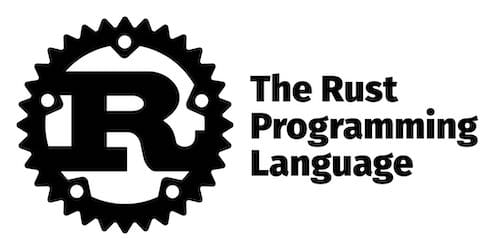How To Install Rust on Fedora 39

In this tutorial, we will show you how to install Rust on Fedora 39. Rust is a statically typed, systems programming language that offers memory safety, zero-cost abstractions, and strong concurrency support. It’s well-suited for tasks where low-level control over system resources is necessary. Fedora 39, a popular Linux distribution, seamlessly integrates Rust, making it an excellent platform for Rust development.
This article assumes you have at least basic knowledge of Linux, know how to use the shell, and most importantly, you host your site on your own VPS. The installation is quite simple and assumes you are running in the root account, if not you may need to add ‘sudo‘ to the commands to get root privileges. I will show you the step-by-step installation of the Rust programming language on a Fedora 39.
Prerequisites
- A server running one of the following operating systems: Fedora 39.
- It’s recommended that you use a fresh OS install to prevent any potential issues.
- SSH access to the server (or just open Terminal if you’re on a desktop).
- An active internet connection. You’ll need an internet connection to download the necessary packages and dependencies for Rust.
- Many installation tasks require administrative privileges. Make sure you have superuser or root access to execute commands with elevated permissions.
Install Rust on Fedora 39
Step 1. Before diving into the installation process, ensure your Fedora 39 system is up-to-date. Open the terminal and input the following command to update the system:
sudo dnf update
Step 2. Required Dependencies for Rust on Fedora.
Rust installation on Fedora 39 requires a few dependencies, but don’t worry, the following command will install them:
sudo dnf install curl
Step 3. Installing Rust Programming Language on Fedora 39.
To install Rust, use the curl command to download the installation script:
curl --proto '=https' --tlsv1.2 -sSf https://sh.rustup.rs | sh
This command fetches the installation script and initiates the Rust installation process. Follow the on-screen instructions to proceed.
To ensure a successful installation, confirm that Rust has been installed correctly. In the terminal, type:
rustc --version
Step 4. Configuring Rust and Cargo.
Rustup also installs Cargo, Rust’s package manager and build tool, by default. Configure Rust using:
source $HOME/.cargo/env
This step ensures that Rust and Cargo, Rust’s package manager, are properly configured for use in the terminal.
To keep Rust and Cargo up-to-date, utilize the following commands:
rustup update cargo install --force cargo-update
Step 5. Exploring the Rust Environment on Fedora 39.
Begin experimenting with Rust by creating a sample project:
cargo new hello_world --bin
This command generates a new Rust project called ‘hello_world‘ as a binary (executable) application.